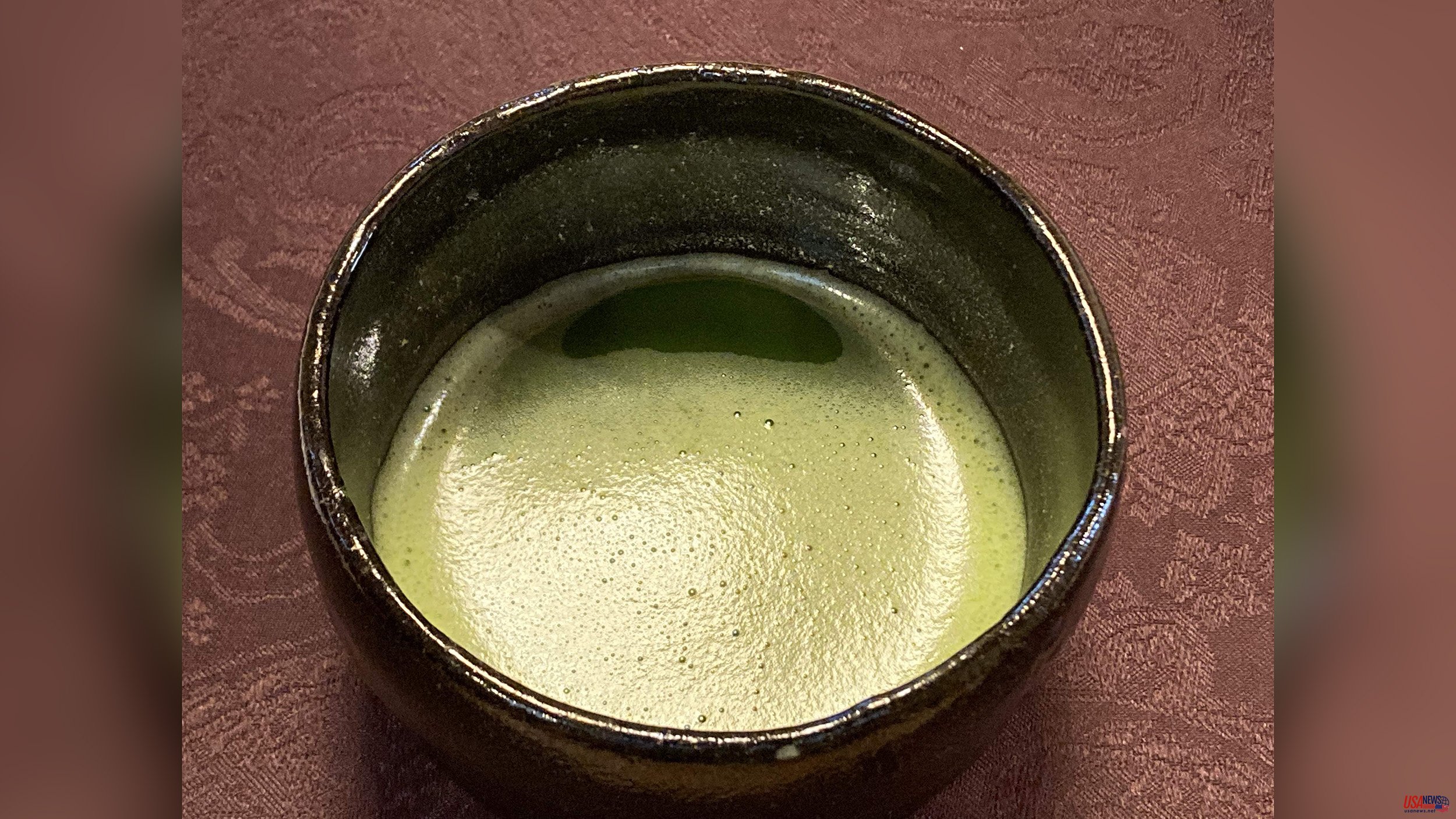Participating in an ancient Japanese tradition and sipping from an antique $25,000 bowl.
Gallery Okubo, Tokyo's Yanaka District, offers a unique experience for all - an antiques dealer Mitsuru Okubo, his family, and a selection of bowls that range from new to over 300 years old. Some of the older pieces are museum-quality, some worth up to $25,000.
The gallery allows visitors to touch the bowls and taste tea as the Japanese masters would. It also offers a great deal of value. It makes art and history available to everyone.
There are modern alternatives if you get a chill thinking about what might happen if an 18th century bowl worth $25,000 falls on your head.
On a quiet side street, visitors enter the gallery to be greeted by displays of different cups, bowls, and plates on a small first floor. Okubo's little girl, Atsuko, emerges from a nearby room to welcome visitors. She then escorts them up tight flights of stairs to the second-floor tatami, which is the traditional setting for the tea ceremony.
Visitors from Western countries have been accommodated by regular chairs being set up on a sunken floor. This allows visitors to not cross their legs as per Japanese tradition.
Tea bowls are placed on a 4-shelf stand in a small space to the side. These are your options, Atsuko explains it in English. Then she highlights interesting details about each tea bowl such as the age, origin, and who recommended them.
Atsuko was the one who suggested making these antique bowls available to the general public.
Her father was an antiques dealer and had many collections. However, sales were slow at the gallery. Most of the bowls sat in boxes collecting dust, providing no joy to anyone. Atsuko believed that using them in the tea ceremony would help the family stand out among the many other tea ceremonies offered to Japanese visitors.
Her father, however, curated the bowls and is excited to share more details. A dark, wide, Belgian bowl was made for tea, but it has been approved by a tea master to be used for the ceremony.
Or a bowl of light-colored circles, squares, and triangles with brightly-colored colors. It looks as though it was made in 1970s. You can picture Austin Powers enjoying it.
Mitusuro Okubo explains that this is exactly what makes it unique -- it blends the modern and ancient. Even though it is only 50 years old, its value is still around $15,000.
Okubo shows a bowl that is around 200 years old. It seems to have many imperfections, including discolorations and symmetry.
Okubo said that "Imperfection can be human." This is what gives the bowl its unique value of thousands of dollars.
He displays another, more current bowl. It is beautiful and perfect. It is worth approximately $100
"Perfect is for robots. He says, "This bowl is a robot."
Robots can be replaced so visitors don't have to worry about dropping $25,000 bowls. Atsuko says that the robots are also suitable for children so they can share their experience with their parents.
Today's visitors choose between a bowl that dates back 300 years and a bowl from the 1970s. Atsuko is dressed in a kimono and begins the ceremony.
She prepares the tea by bending at an angle to guests and carefully preparing it.
She uses a wooden ladle to extract the hot water from the pot. Then she adds it to a bowl and blends it with a whisk. Only her movements and the birds singing outside make any sound.
After guests are served, a sweet dessert of jelly and bean paste is made to look like a Hydrangea flower. The tea is then transferred to their bowl and served frothy.
The visitors follow the ritual and pick up the bowls with one hand, one on the side and one underneath.
It is amazing and all-encompassing.
This is Japan at its best.
Atsuko puts away all her bowls and supplies. Her father arrives on the stairs with gifts for her guests. They are hand-drawn, colored images of each guest's bowls and sweet treats, as well as explanations about their origins and importance.
Amazingly Okubo, who only used his memory to create the bowl from 1970s, has perfectly matched the design of the geometric figures. It's art at a very personal level.
It was a satisfying 90-minute experience. However, looking back at the shelves of bowls worth tens of thousand of dollars, one cannot help but notice that this is earthquake country. Often, photos of plates and bowls that have been shaken off their posts are posted on these shelves.
So?
Atsuko states, "This is where I go when there's an earthquake."
If you go
Gallery Okubo is available Wednesday through Sunday from 11 a.m. - 6 p.m. Address: 6-2-40 Yanaka in Taito-ku (Tokyo), about a 15-minute stroll from Nippori station. It is on several major rail lines.
Reservations are recommended.
English website: http://gallery-okubo.tokyo/english_information/













